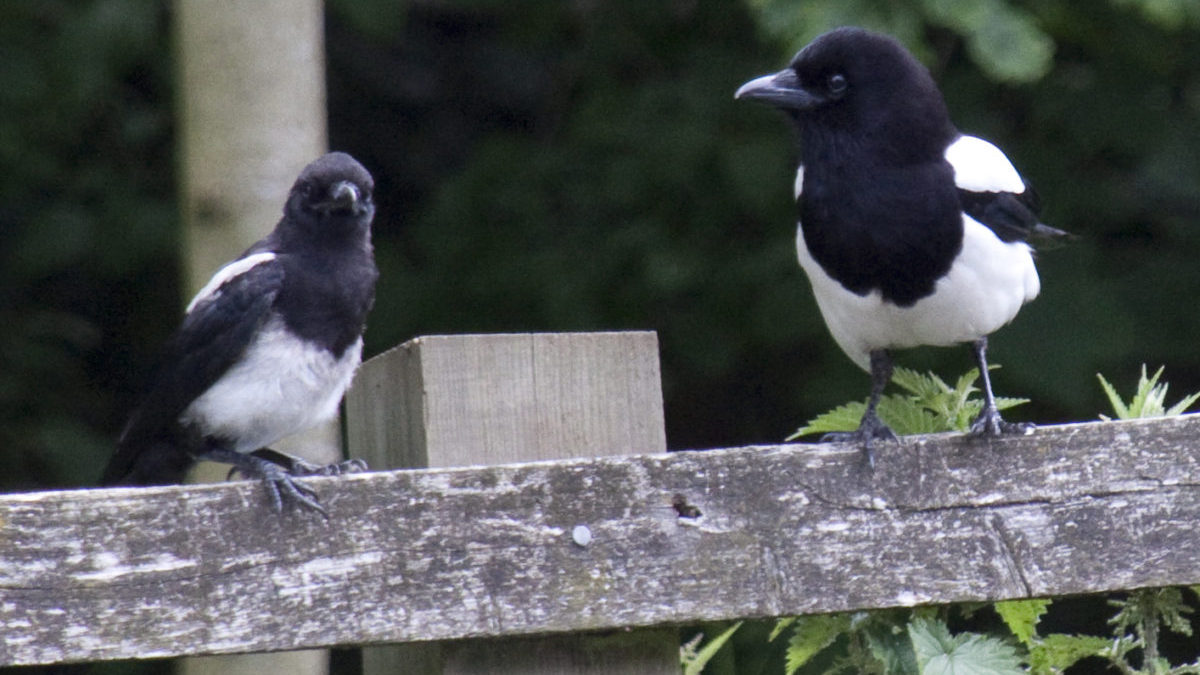 Arthur Macatangay
Arthur Macatangay
As a student of the University of Alberta, are you up to date with the Student’s Union and what they’re doing to help make our lives easier? Unless you follow them vigilantly on social media and dig into the issues yourself, the answer is likely no.
The University of Alberta Students’ Union (UASU) aims to use social media to spread awareness about campus issues and what is going on in the University. You can find them on Facebook, TikTok, Instagram and Twitter.
With remote learning, social media is almost a necessity to keep up with student politics these days, but the focus on these platforms is often misguided. The problem is that when we’re looking for advocacy on student issues, we are rarely finding any.
On the UASU Instagram, there is a Highlight Reel regarding advocacy. It’s the first one available, which means it is directly accessible for those who have Instagram and easily clickable. The problem is that most of these posts are over 12 weeks old, and there is nothing in these specific Highlights relating to the most relevant thing that is affecting every single student: academic restructuring. This is the most topical issue in terms of student politics, yet it’s not highlighted. If the SU ever did post a story about it, it’d be impossible for those who don’t consistency check Instagram to know, as these expire after 24 hours. Beyond stories, there are only two actual posts about the topic. Wouldn’t this be important enough to include in the advocacy reel?
A solution could be to add a highlight reel for specific issues facing students. Several other important issues that students should know about are notably absent from their social media. There is nothing about Alberta 2030 present on any of the UASU social media, though they do have a document available via their website. Not only is Alberta 2030 missing, but information regarding their advocacy on keeping tuition low and addressing sexual violence on campus seems consistently seems like an afterthought. Updates on these student issues are infrequent and the information given is miniscule. Take their update on hiring the sexual violence prevention coordinator — it doesn’t even mention administration will only create this position if students pay for it.
If they can have an entire highlight reel only for highlighting their coffee shop, the SU can surely do a better job advocating through social media. It is a handy place to compile all the information, and they should include contact information where students can let their voices be heard.
It feels very surface level, like the SU is only putting out the minimum of what they could be doing. This leads to apathy—if someone sees one post about academic restructuring which only covers the surface, they’ll just move on. But, say this information was greater in scale, more detailed, and centred as if directed straight to the students, and updated so frequently it cannot be missed.
Take, for example, the most recent news regarding Academic Restructuring: the decision by the General Faculties Council to move ahead with the college model. On the SU’s social media, only minimal information is provided. This information is buried under other less substantial posts, too— you have to scroll through advertisements for drinks on Campus, during a time when everyone is being told to stay home — and many students are not even in Edmonton.
Not to mention, the SU’s content is not always consistent across platforms and accounts. UASU’s Facebook, Twitter, and Instagram page is updated frequently, though the TikTok has not been updated since December. Addionally, the UASU has a separate account for their executive team, which often becomes just another account students and faculty have to remember to follow.
Beyond these problems, social media is also not immediately accessible to everyone. The SU has a news portal that gets sent to students, called The Flame. They are sent out only once a month, though. To increase advocacy and engagement, the SU could send out newsletters more than once a month, like when something major happens — such as the new restructuring model. In these emails, the SU could direct students’ attention to their social media, where they can have live information.
The main problem is ultimately transparency. It’s hard to find information unless you know people involved with the SU or know where to specifically look for news, and their social media can get rather cluttered. It needs more of a narrow focus if the SU wants to put all of its advocacy into social media platforms, and needs better ways to ensure students actually see the posts.
If the SU is going to focus so heavily on social media, they need to take the time to ensure the information is consistent and relevant. Social media can be a good way to interact with the student population — currently, it just feels disconnected from what information needs to be available.
For the sake of the student voice, the SU needs to dive deeper into the issues they were elected to resolve, not make yet another post about the Daily Grind.




